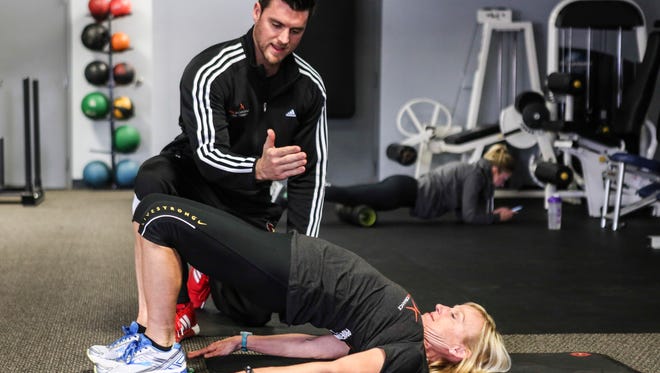The core muscle wraps around your midsection like a girdle and forms the connecting link between your upper and lower body. They help support, stabilize, and move the spine, trunk, and pelvis, and most body movements originate or pass through the trunk.
Core muscles are important because they help protect your lower back and 4 out of 5 Americans will experience lower back problems in their lifetime. The main reason is the constant pressure on the lower back to maintain an upright posture. Compounding this problem is the protruding midsection which negatively impacts leverage.
To demonstrate leverage, point the broom forward and grasp the tip with one hand. The broom is very light, but the leverage will tire you out quickly. Similarly, excess abdominal fat that causes your midsection to protrude forward can affect your leverage and force your core muscles, which support your spine, to work harder to keep you upright. The problem is exacerbated by weak muscles, fatigue and less protection.
